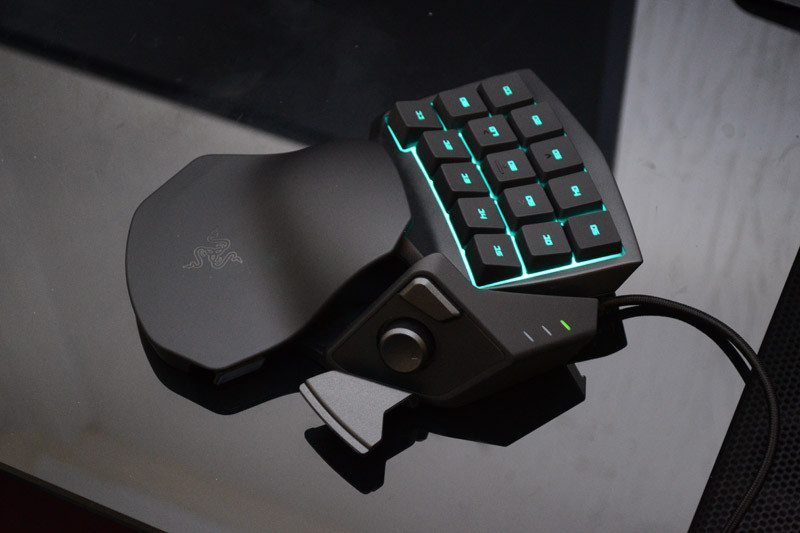Razer Orbweaver & Tartarus Chroma Gaming Controllers Review
Peter Donnell / 8 years ago
Performance
Both of the controllers are equipped with Razer’s rather fantastic Chroma lighting engine, this means you can enjoy 16.8 million RGB colours, so finding your favourite tone shouldn’t be a problem at all. On top of that, you can also enjoy a bunch of effects that apply colour waves, fades, transitions and more to them, giving you a fantastic light show and one that can be matched up to any other Razer Chroma equipped products, giving you some rather stunning synchronised lighting for your desktop setup. The brightness of the lighting is very vivid, with clearly lit key caps and a nicely defined underlighting around the base of each key. A picture speaks a thousand words for lighting, so below you’ll find plenty of pictures of the Orbweaver and further down, you’ll also see the Tartatus in all its glory.
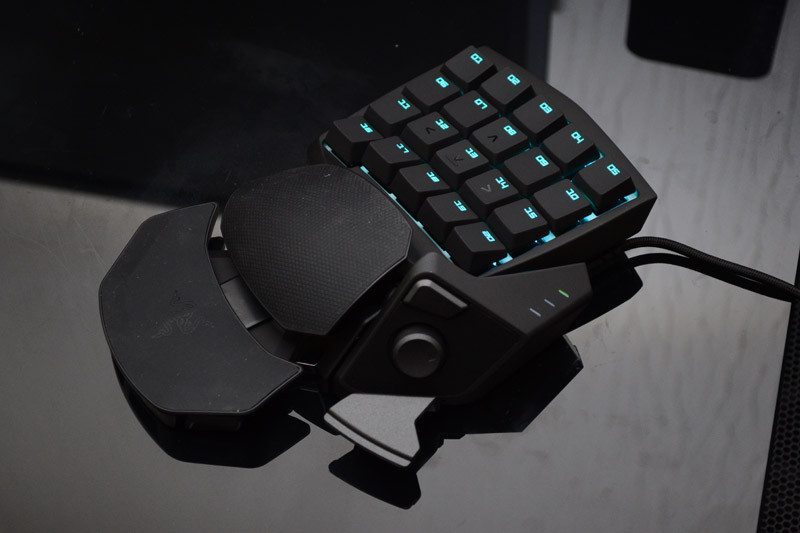
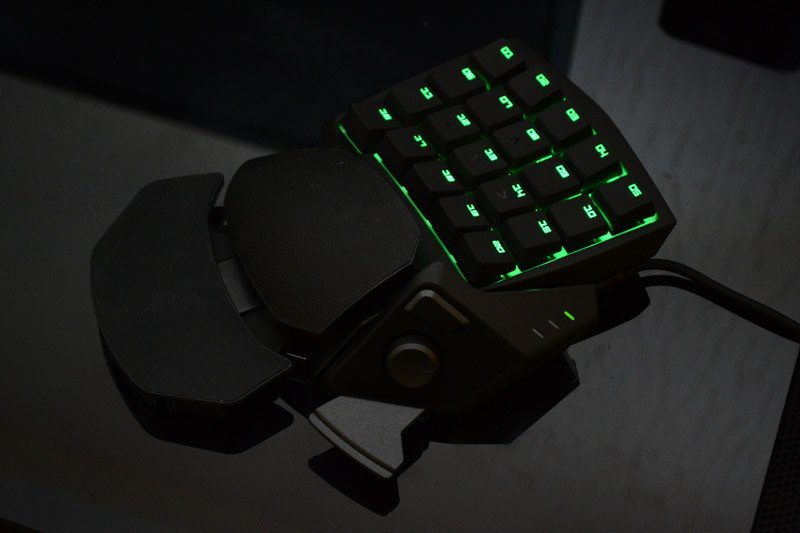
The adjustable grip of the Orbweaver is certainly a standout feature for me. Being able to adjust the angle of the palm rest can really have a drastic impact on the feel of the controller. Having it at the wrong angle can make it tricky to easily reach all the buttons too, so it’s worth tweaking it to find out what best suits your play style. It certainly takes a bit of getting used to vs a normal keyboard, as functions such as sprint and crouch are now situated on smaller keys than their usual left shift, CTRL, etc. However, having them nice and tight together like this makes them feel more nimble and can certainly sharpen up your overall responses. The removal of the space bar felt weird too, but having that large mechanical pedal will have you smiling with joy. It’s light to trigger and just needs a little flick from your thumb to operate, a huge improvement over a cumbersome space bar.
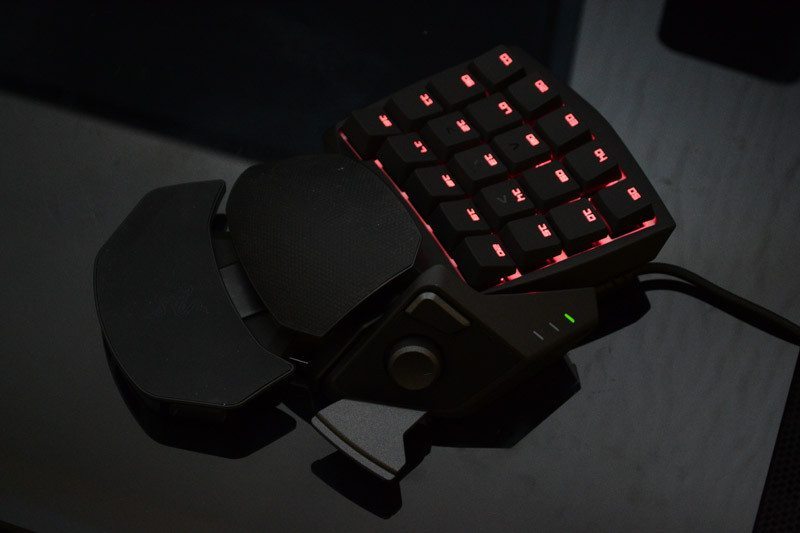
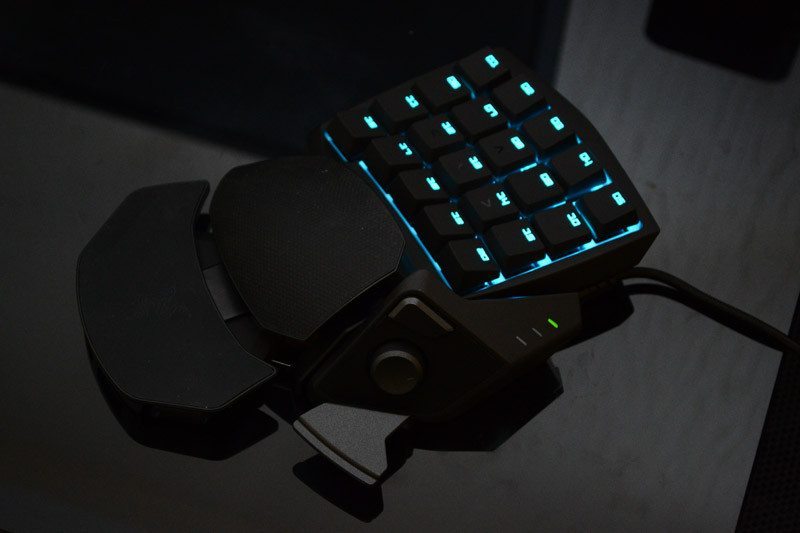
The thumb controls do take a bit of practice to get the hang of, as they’re not natural to use when you’re coming from a normal keyboard. The top button is great for launching a macro or setting to an “E” key to open doors, boxes etc while playing most FPS games. However, it’s the 8-way D-pad that’s a big game changer. You can use it to control cameras, are a more complex weapon selection. Personally, I find this is better suited to simulation games, where having that extra hat switch can be used for extra camera control or flight adjustments, etc. The best way to use it is to be creative, have a play around with it and try a few things to see what works best for you.
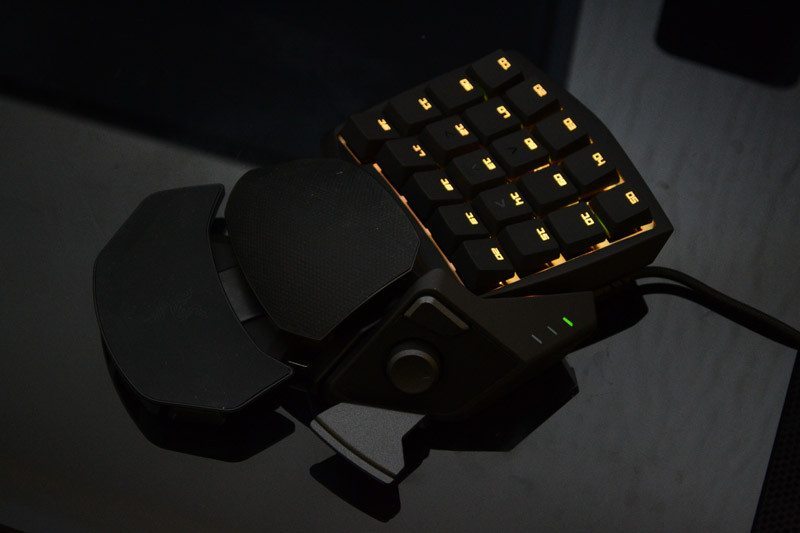
The main focus is easily those twenty mechanical switches. Their short-range makes them feel nice and quick, which is great for virtually any type of gaming. The key layout is well suited to anything too, as you still have a layout that’s perfect for WASD and the usual activate, crouch, jump, etc. around it. What really benefits here, at least in my opinion, are MOBA, RTS and MMORPG type games, as you can keep your main keys and macros in a focused layout.
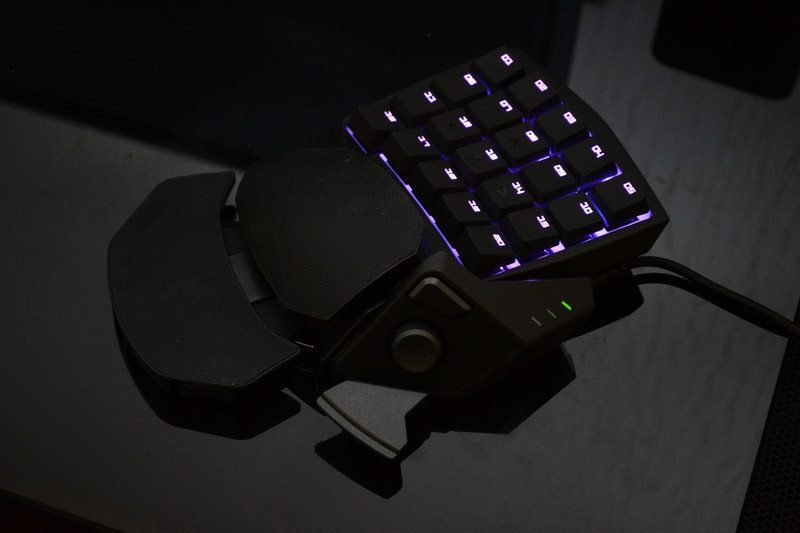
The Tartarus is noticably more compact design and actually feels a little less intimidating to use at first too. There’s still enough buttons here to get you through an FPS, MOBA, MMO, etc. However, there’s certainly a clear benefit to the Orbweaver for those who take their macros more seriously and it can have a great benefit for MMORPG and simulation game types. There’s still a lot of buttons on this model though and easily enough left over to set up a few macros beyond the usual game keys.
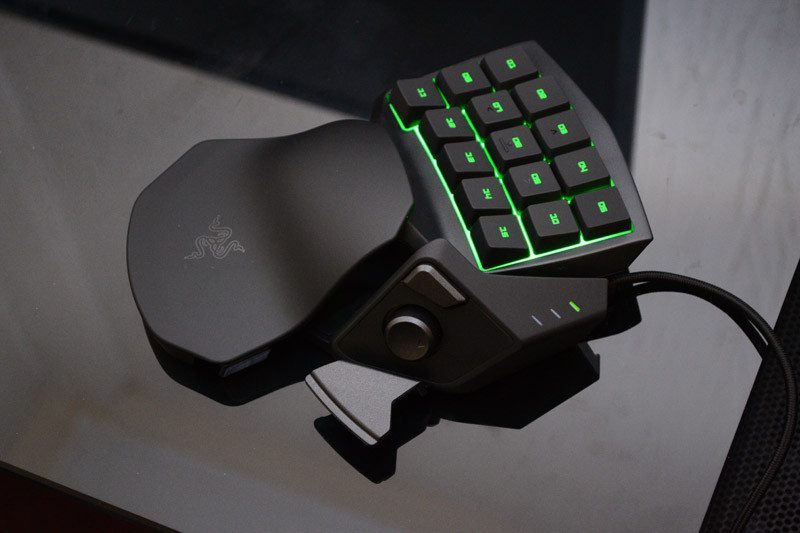
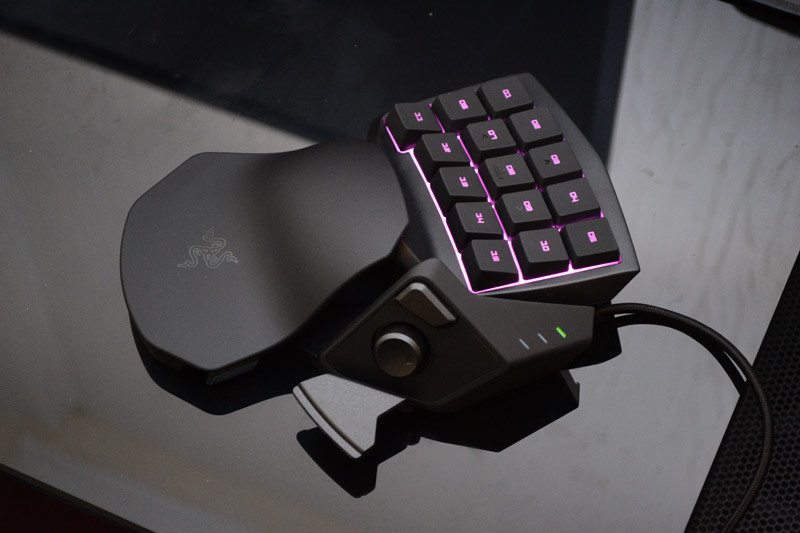
The membrane switches are snappy and responsive, with the advantage that they’re near silent to operate; a big benefit of most membrane switches vs the audibly clicky green switches of the Orbweaver. This isn’t so much a feature as a personal choice, some of you will prefer the mechanical and some will prefer the membrane. The only difference that’s really worth noting is that each model isn’t available in both membrane and mechanical variants, so if you want those extra switches of the Orbweaver you’re going to have to use mech switches; not really a bad thing though.
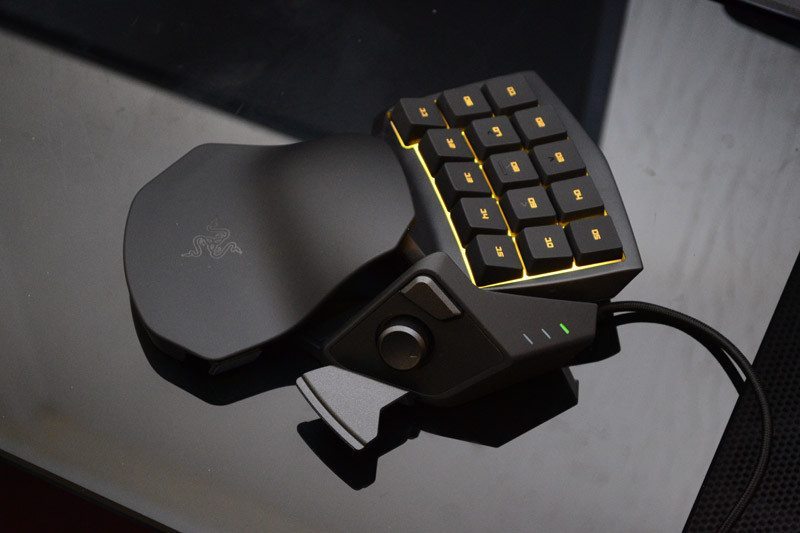
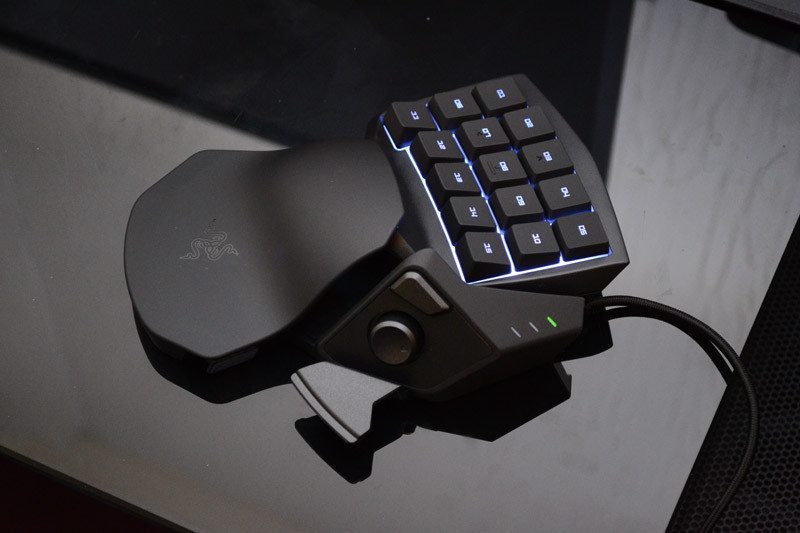
This model is a little less adjustable than its bigger brother, but it’s still extremely comfortable to use. I’m actually surprised at how natural they feel in terms of ergonomics and grip, as they obviously look nothing like a keyboard. Getting used to using all the keys to their full potential, especially the thumb controls, takes a little mental training, but it’s pretty intuitive for the most part.
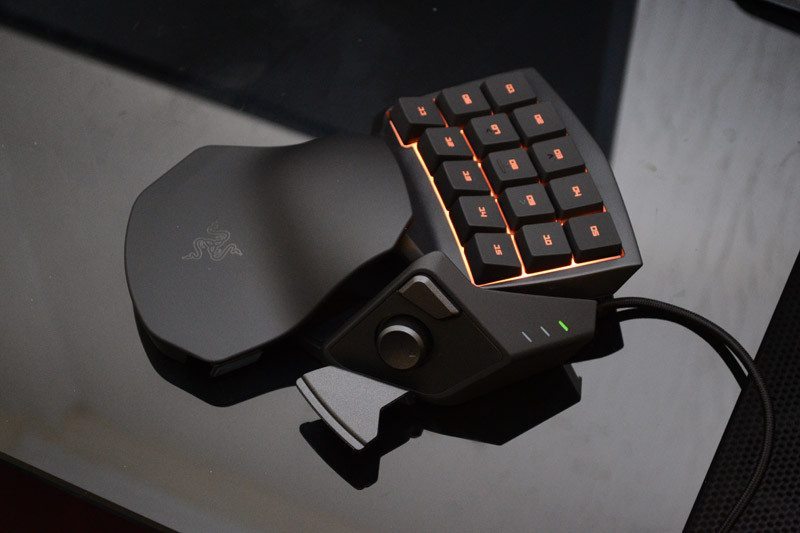
Both models have excellent grips on the base, even when frantically mashing the keys it didn’t move one bit and that’s obviously a nice bonus. What really works well is if you take your keyboard completely out of the equation, you’re left with a huge amount of desktop space, which gives you a great range for a comfortable angle for both hands, as well as a wide play area for mouse control, allowing you to enjoy low DPI and a larger gaming surface for great accuracy.
